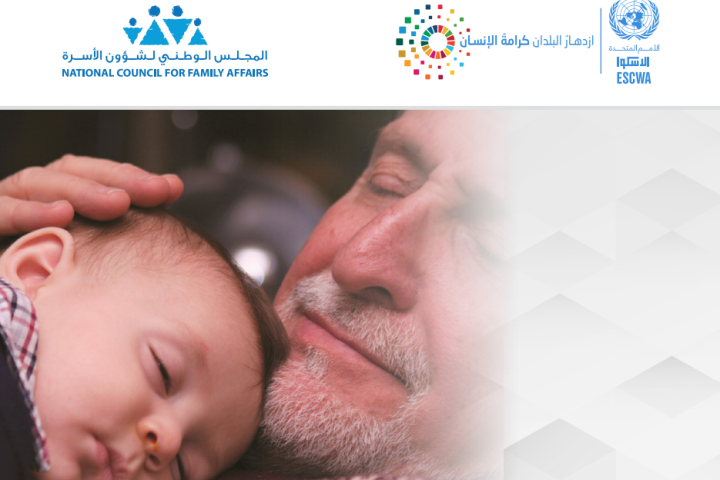News
3 Aug 2017
Beirut, Lebanon
Sustainable Development Goal Simulation
This technical paper assesses the reasons behind using a quantitative tool to integrate the Sustainable Development Goals into economic planning. There are 17 SDGs with a variety of indicators and targets, which cover a range of social, economic, governance, and environmental issues. Analyzing and assessing the complicated relationship between targets demonstrates that SDGs are connected to other social, fiscal, economic, and environmental variables. Some of these variables are linked to the productive sector, others to the public expenditure, and others to the public finance and the structure of the economy. On the other hand some variables are connected to environmental and social aspects and dimension. However, despite the vast interlinkage and connection between SDGs and the aforementioned variables, not all SDGs are positively correlated and in fact, some can have a negative influence on others. This forces the hand of governmental and policy decision makers to arbitrate between the different targets. For example, an increase in the value added for manufacturing could generate an increase in fossil fuel consumption, which would result in a decrease in fossil fuel subsidies.
Furthermore, the paper examines the possible use of this quantitative tool and also recommends adopting a prototype model to analyze the influence policies have on SDGs. The complicated and strong relationship between the SDGs may result in reciprocal effects with negative repercussions thus disturbing each other. Therefore, policy and decision makers must have a quantitative tool, for example a computable general equilibrium (CGE) model produced by ESCWA, in order to help them create the best combinations of targets that serve their needs. This tool would illustrate how State policies could have positive effects on some SDG targets and negative effects on other targets. To measure the overall impact of a policy, “a weighting system that translates government priorities into quantitative numbers” should be produced.
The paper then delves into the analytical configuration of the recommended and proposed model the CGE, and introduces its interface. In addition, the report reviews and discusses the technical details of the interface. It lists the interface’s prerequisites, “hardware requirements and basic troubleshooting techniques”, limitations, and the folder’s composition. “The prototype SDG interface” produced by ESCWA creates a more interactive environment and “promotes user engagement”.
The report concludes by listing the different roles ESCWA can play in developing and improving the idea and framework discussed. ESCWA can help implement the framework by enhancing the model, defining the weighting system, which would enable policy and decision makers to calculate the best-optimal scenario to make informed decisions, and implement a monitoring and evaluation system.
Read more on:
https://www.unescwa.org/publications/prototype-model-sustainable-development-goals-simulation



